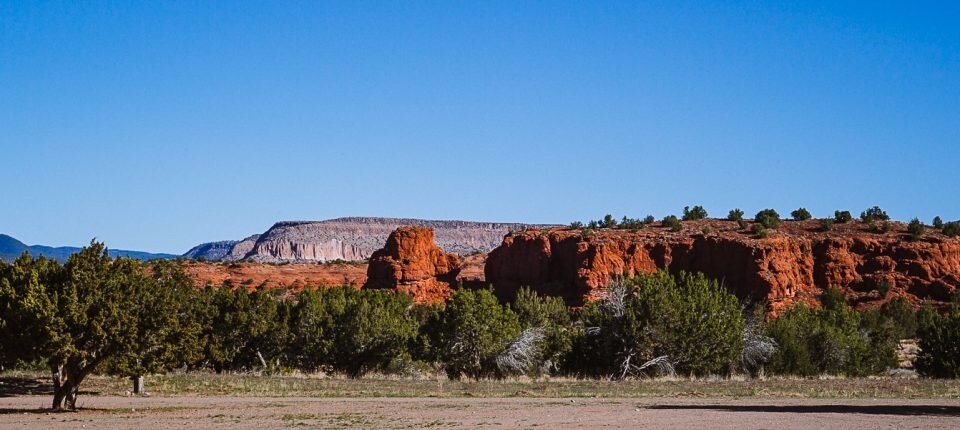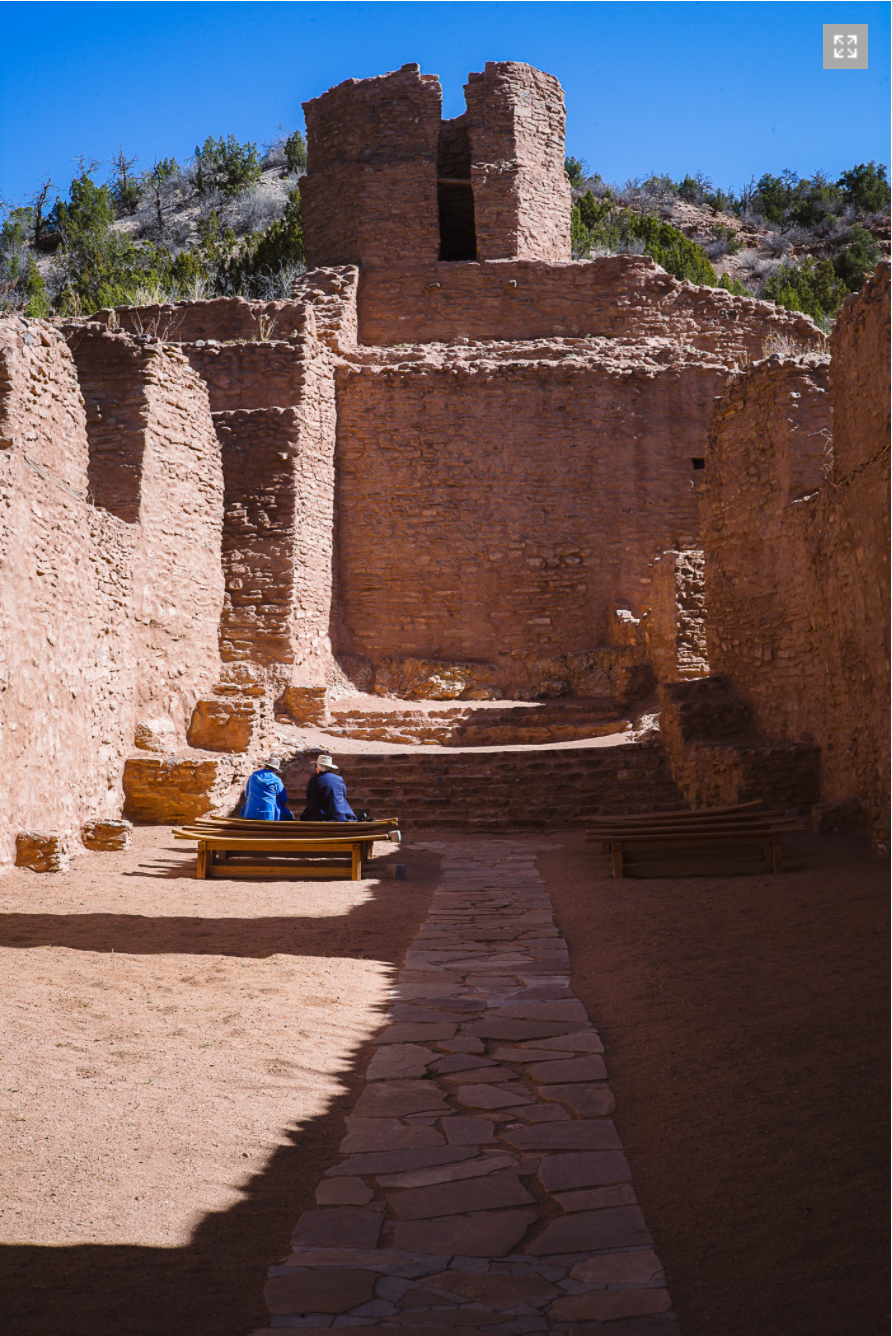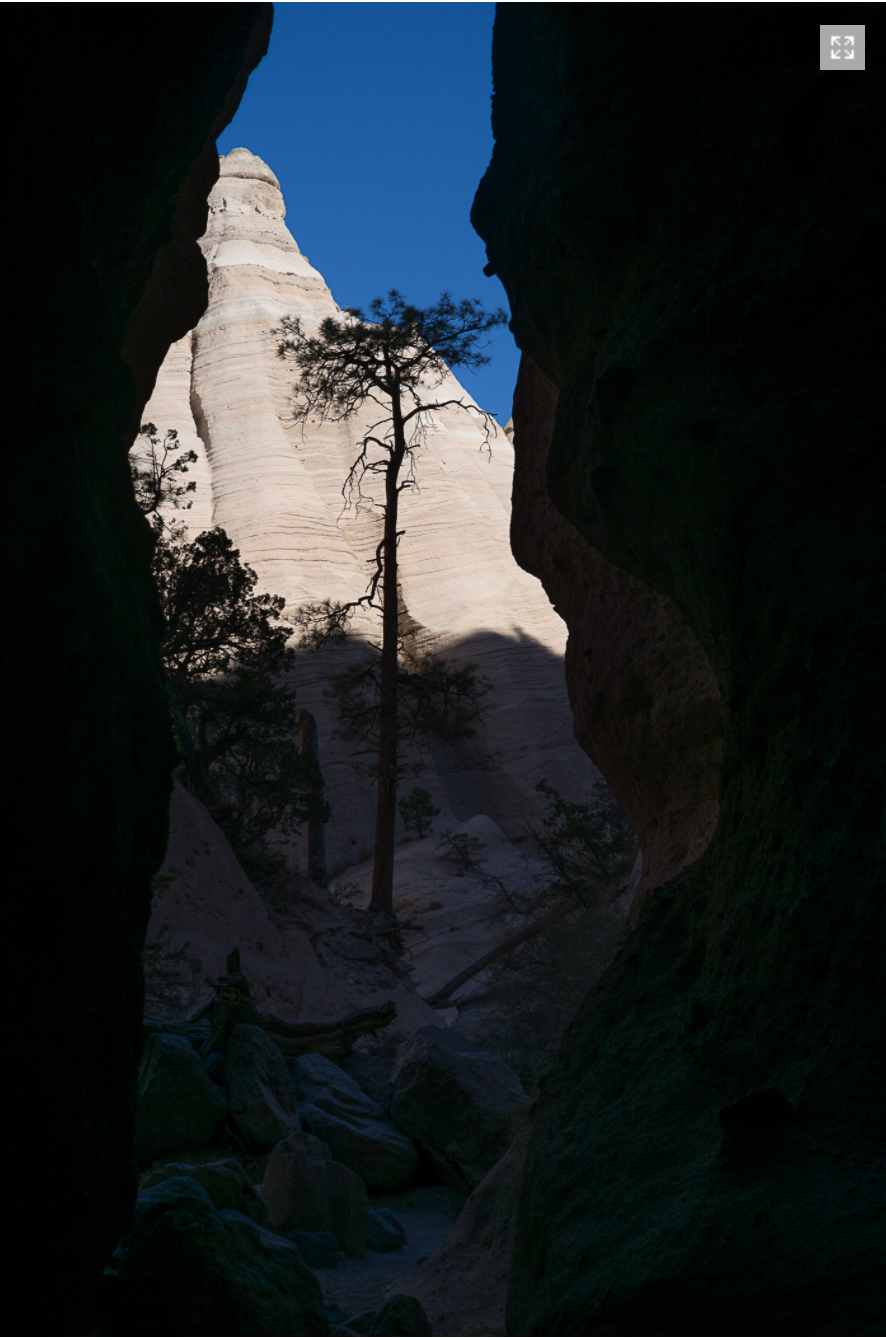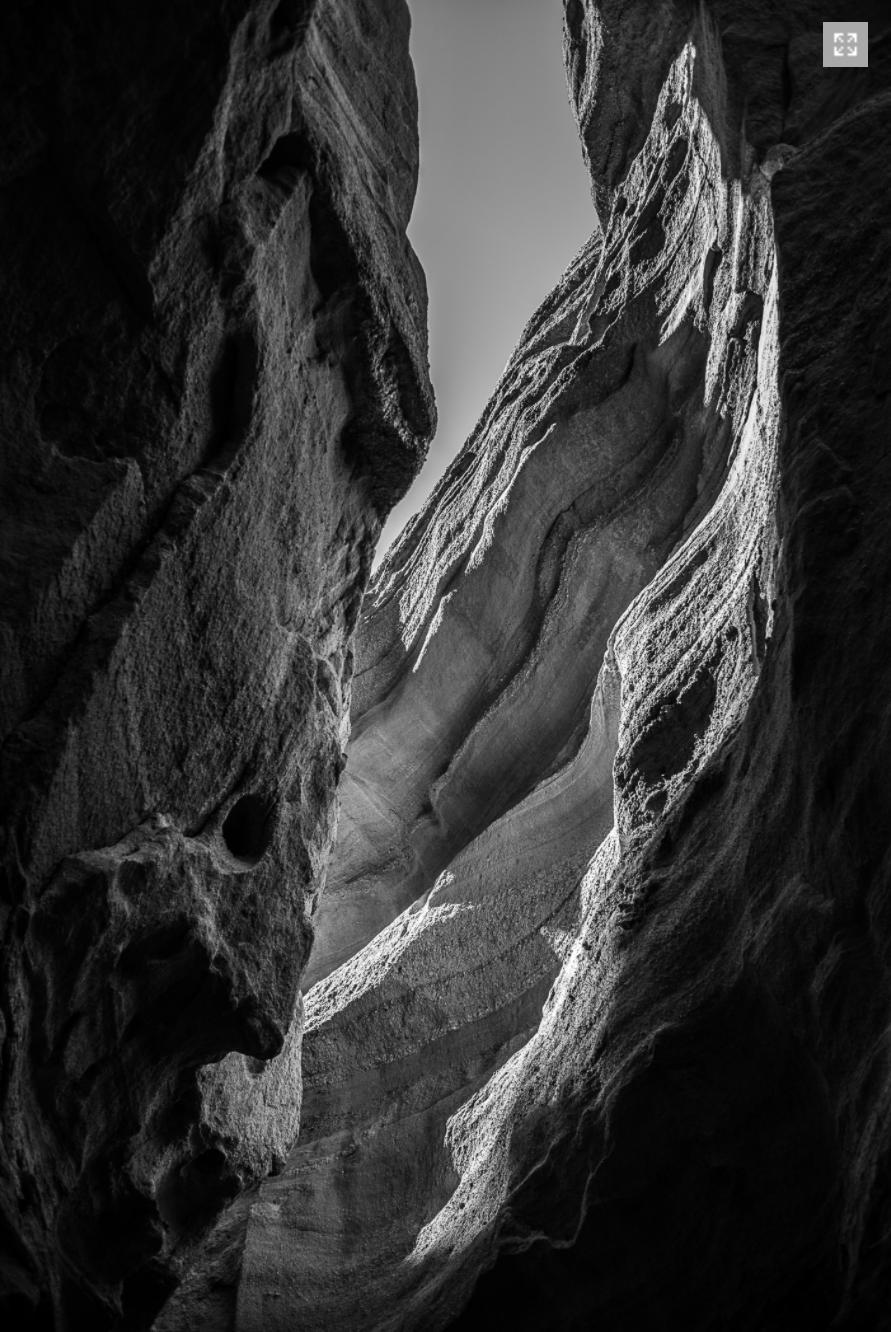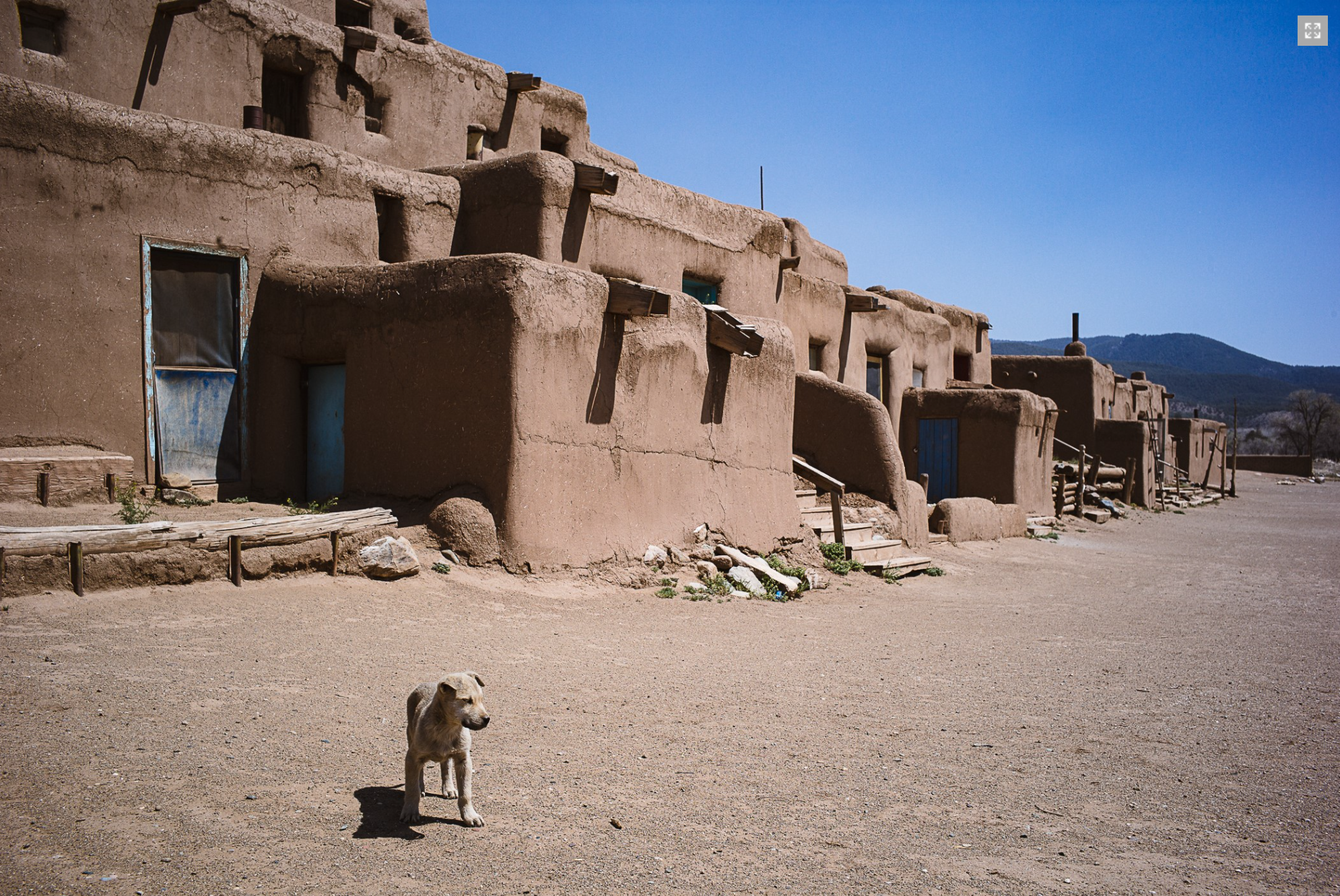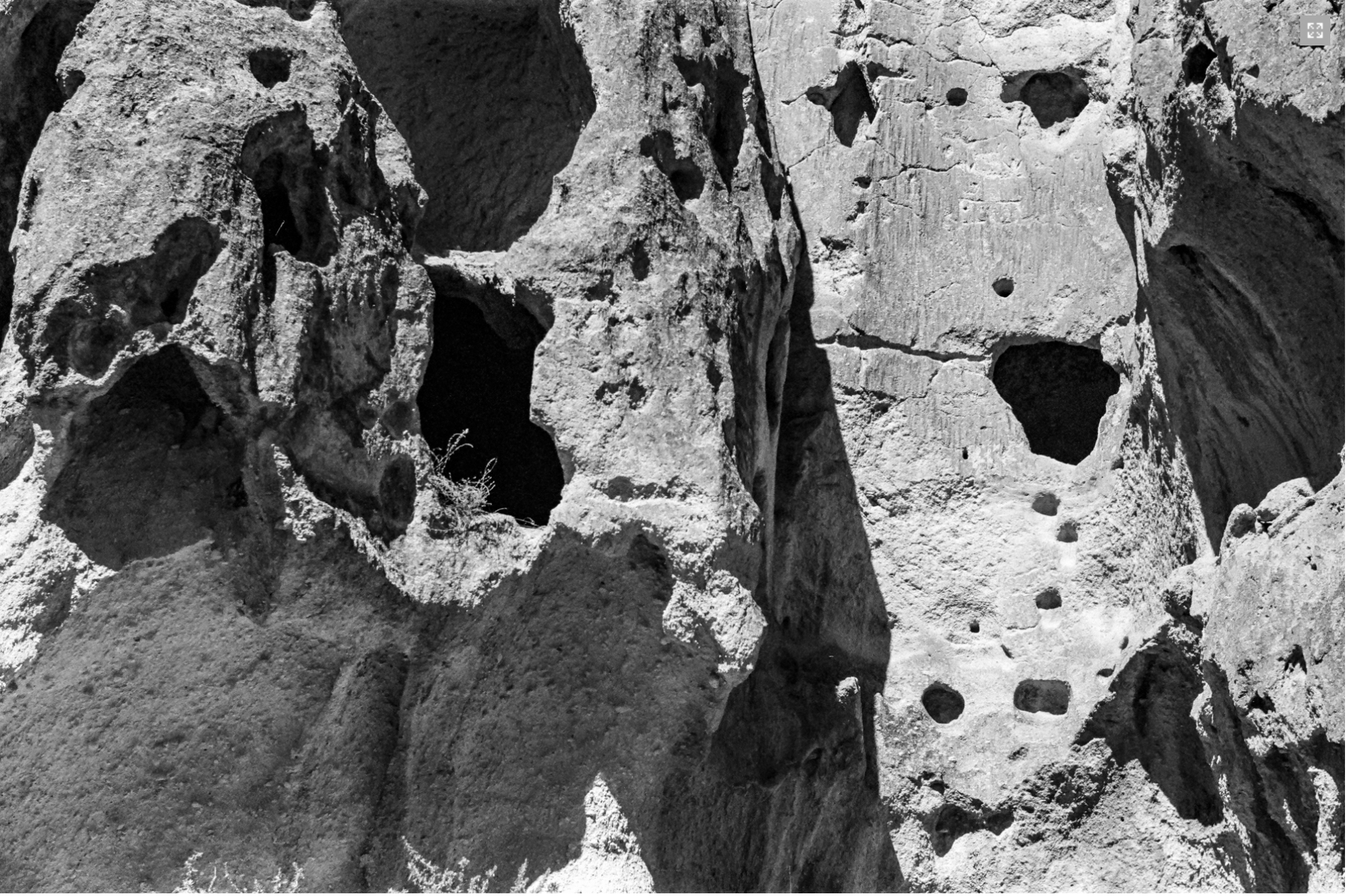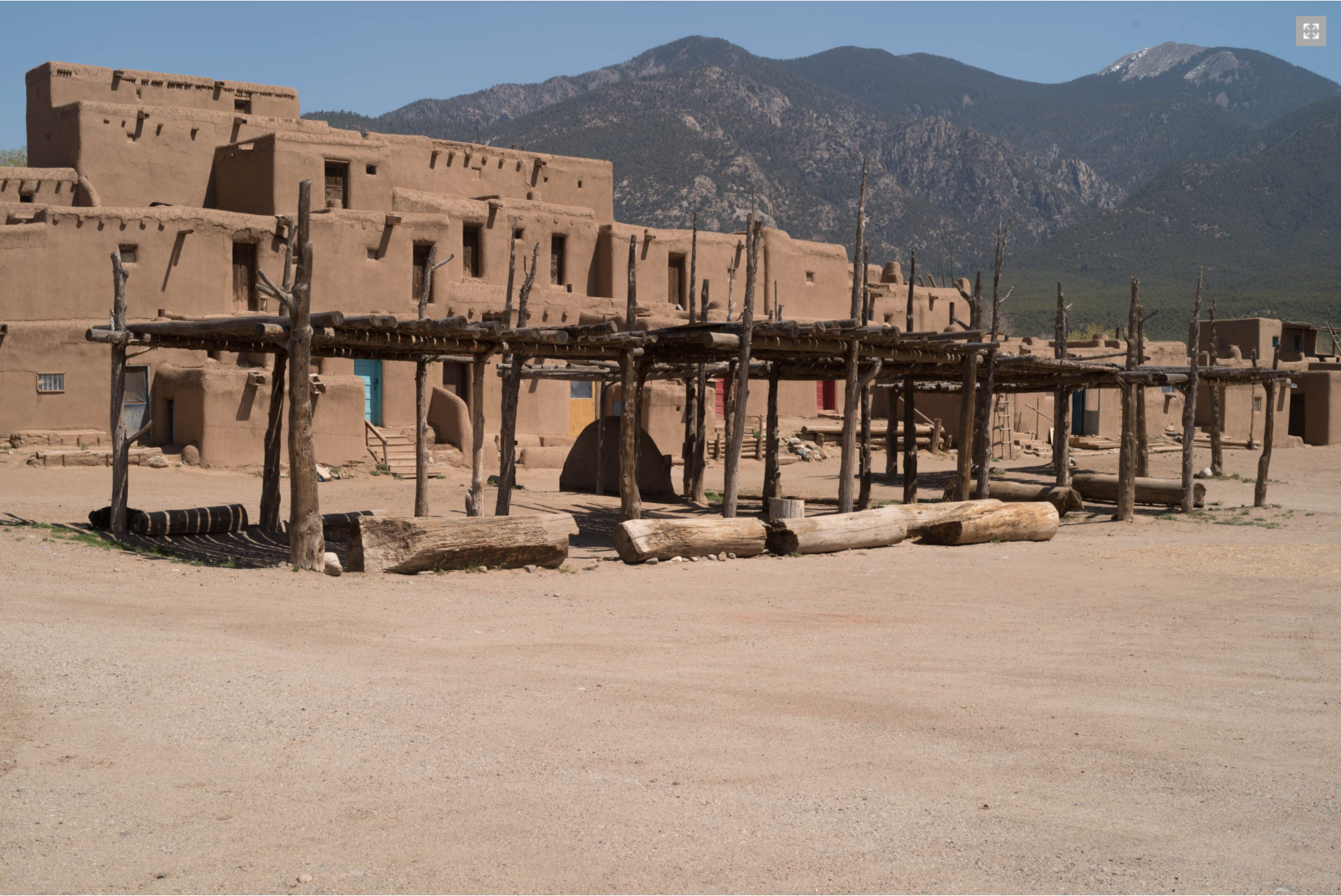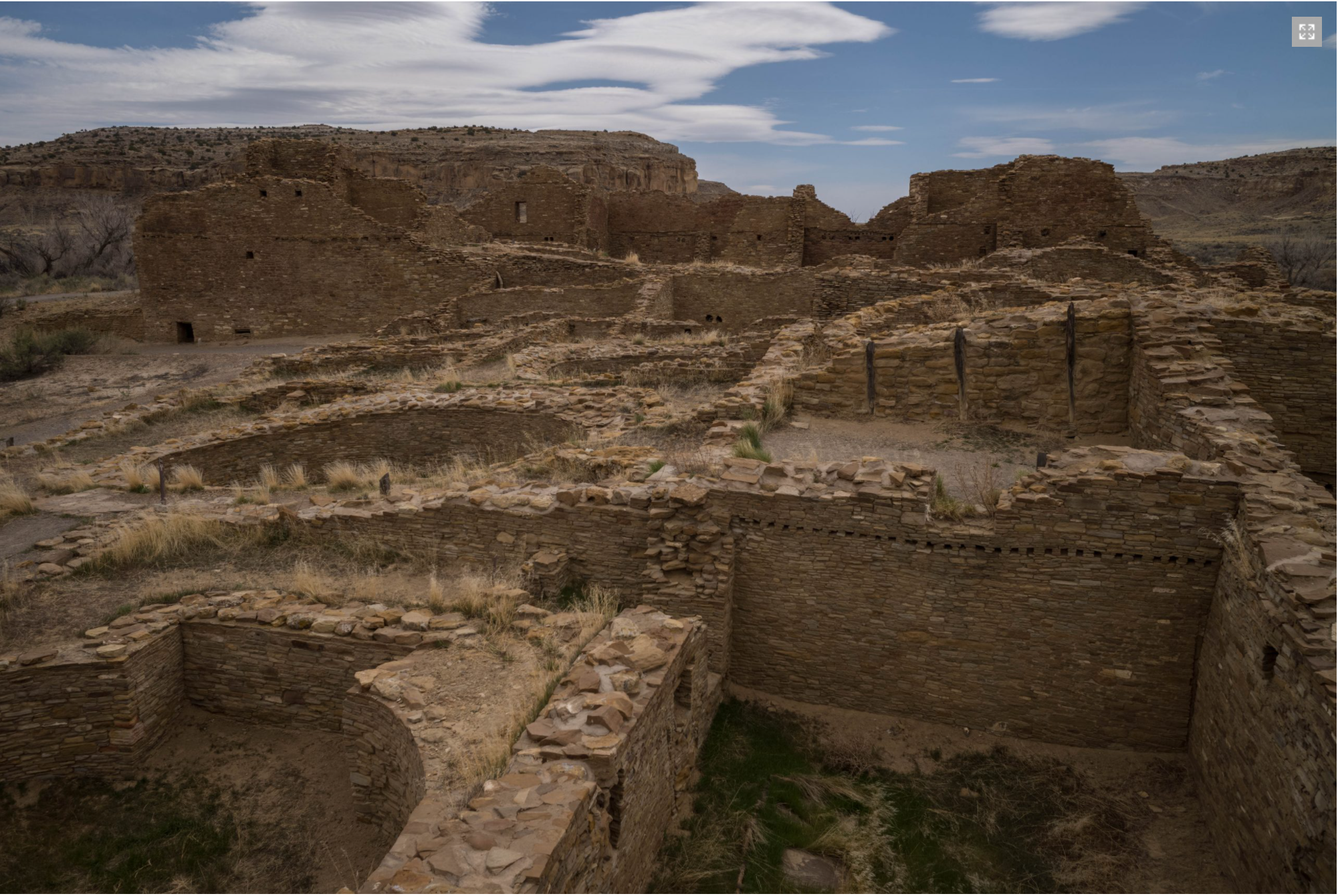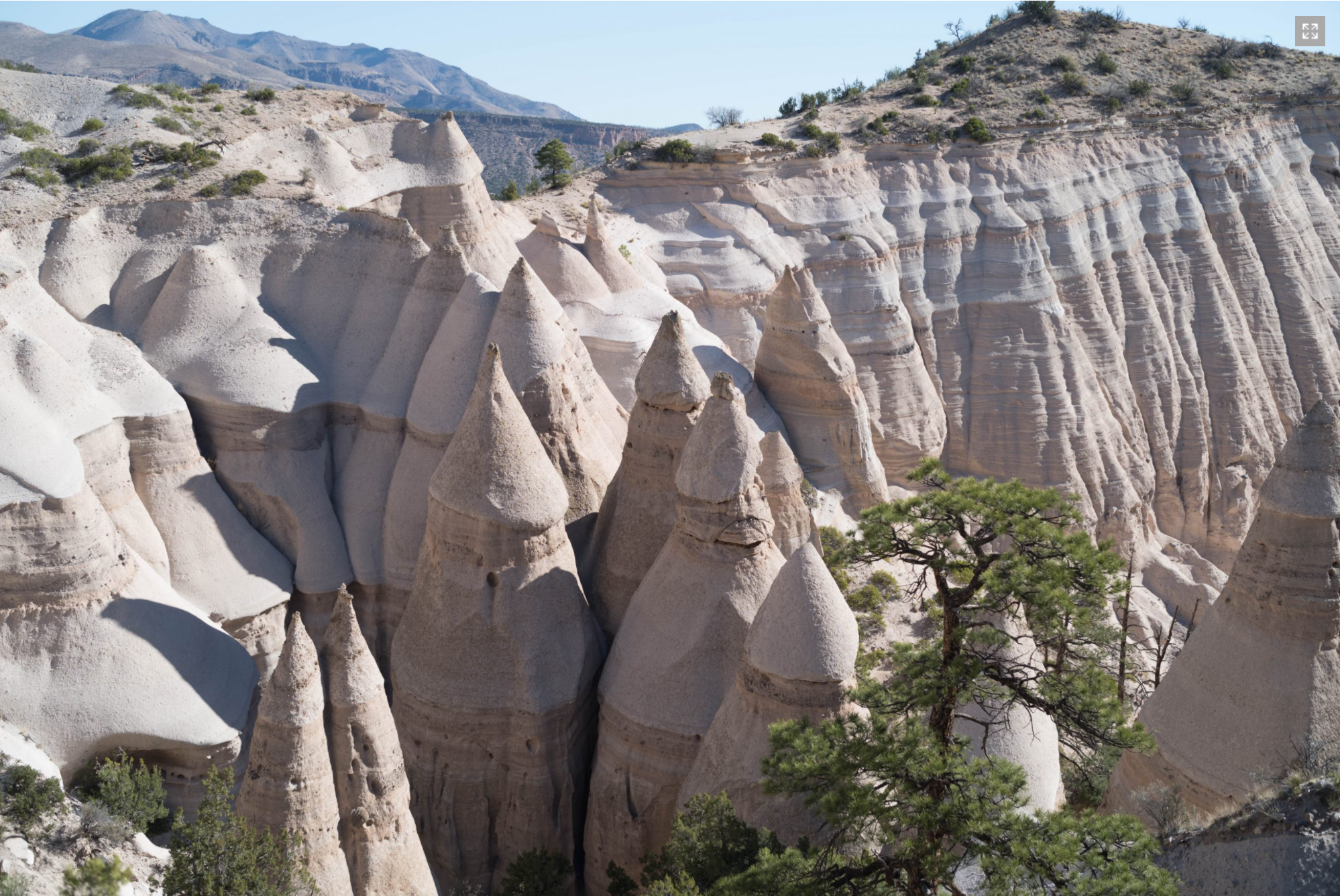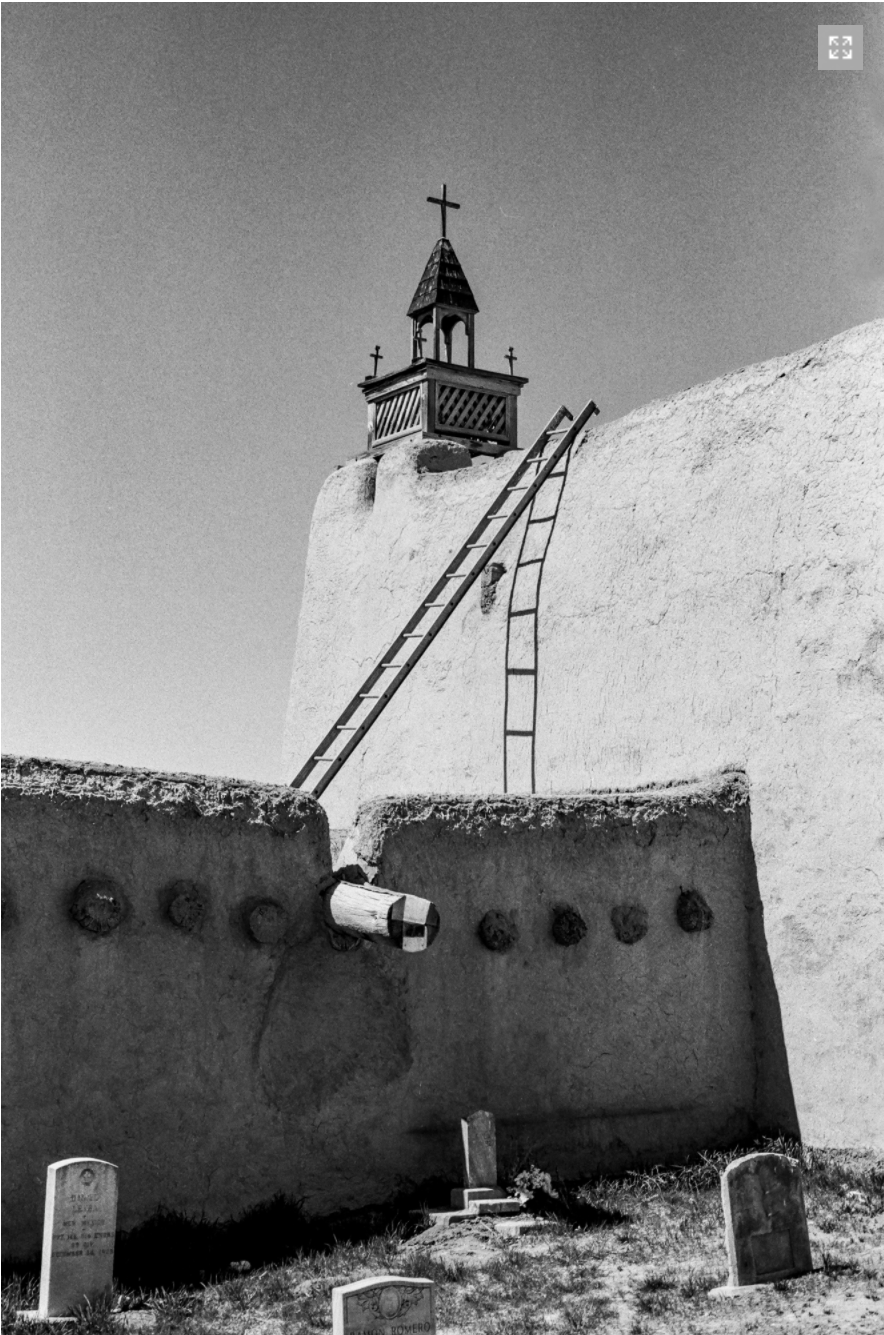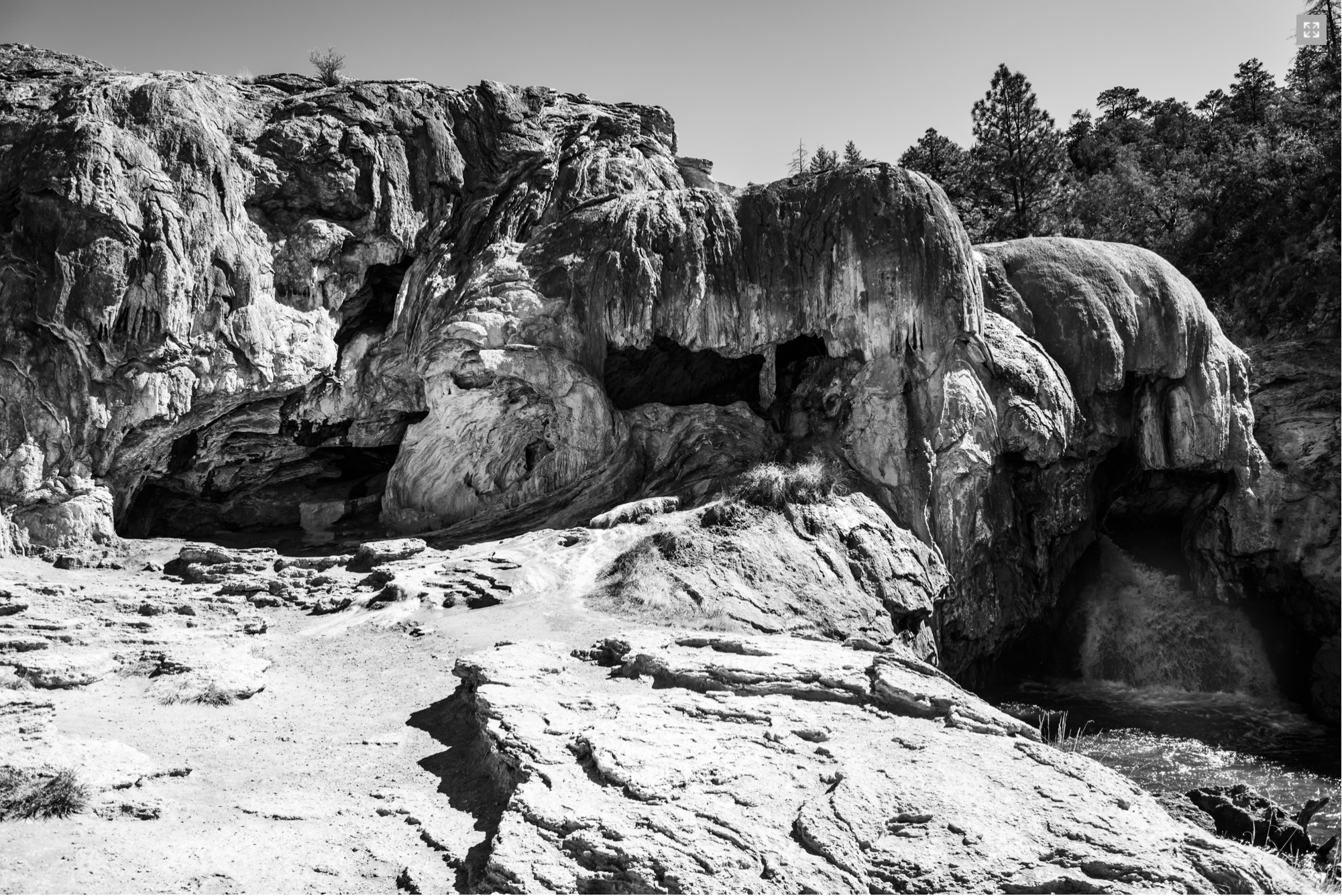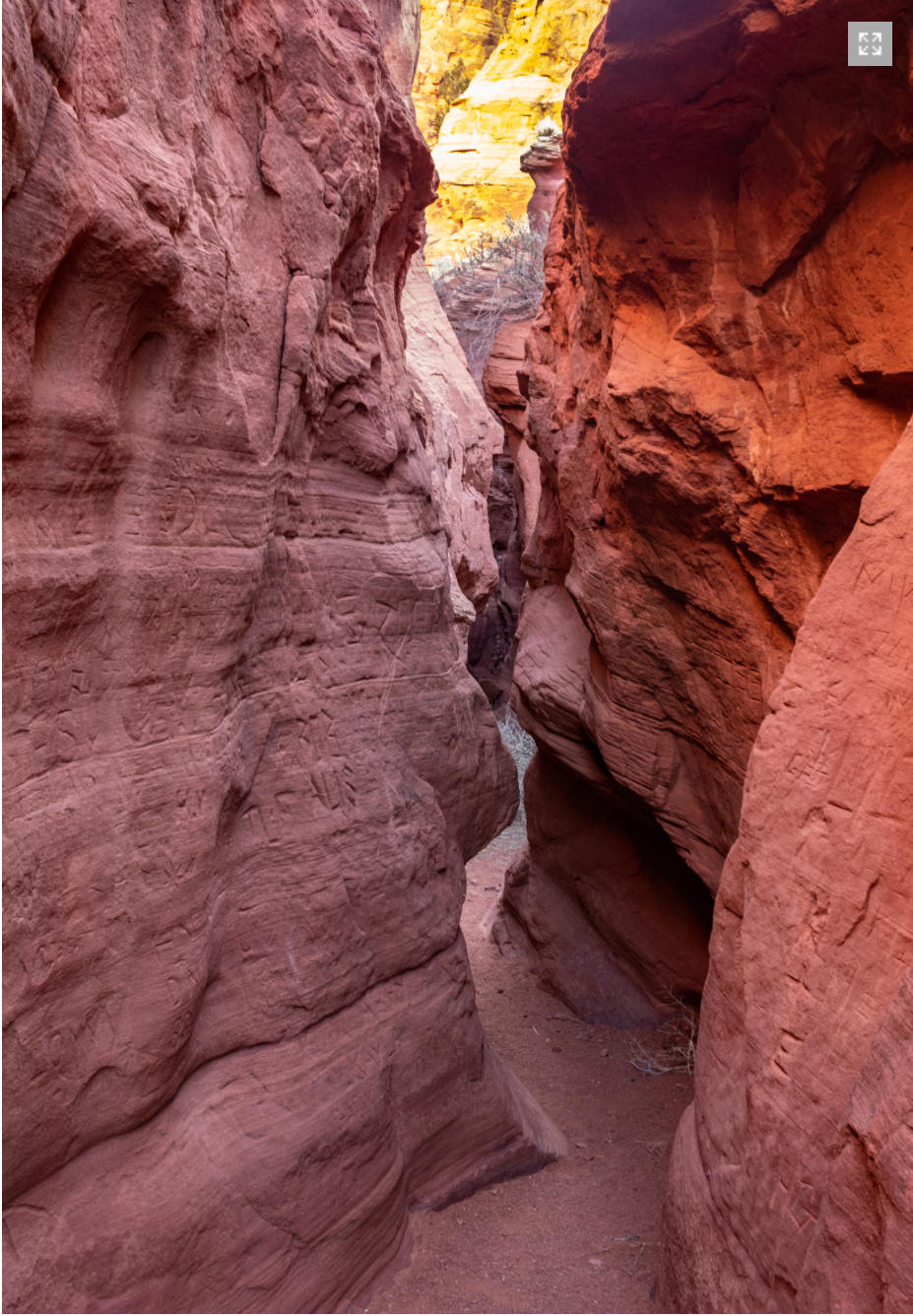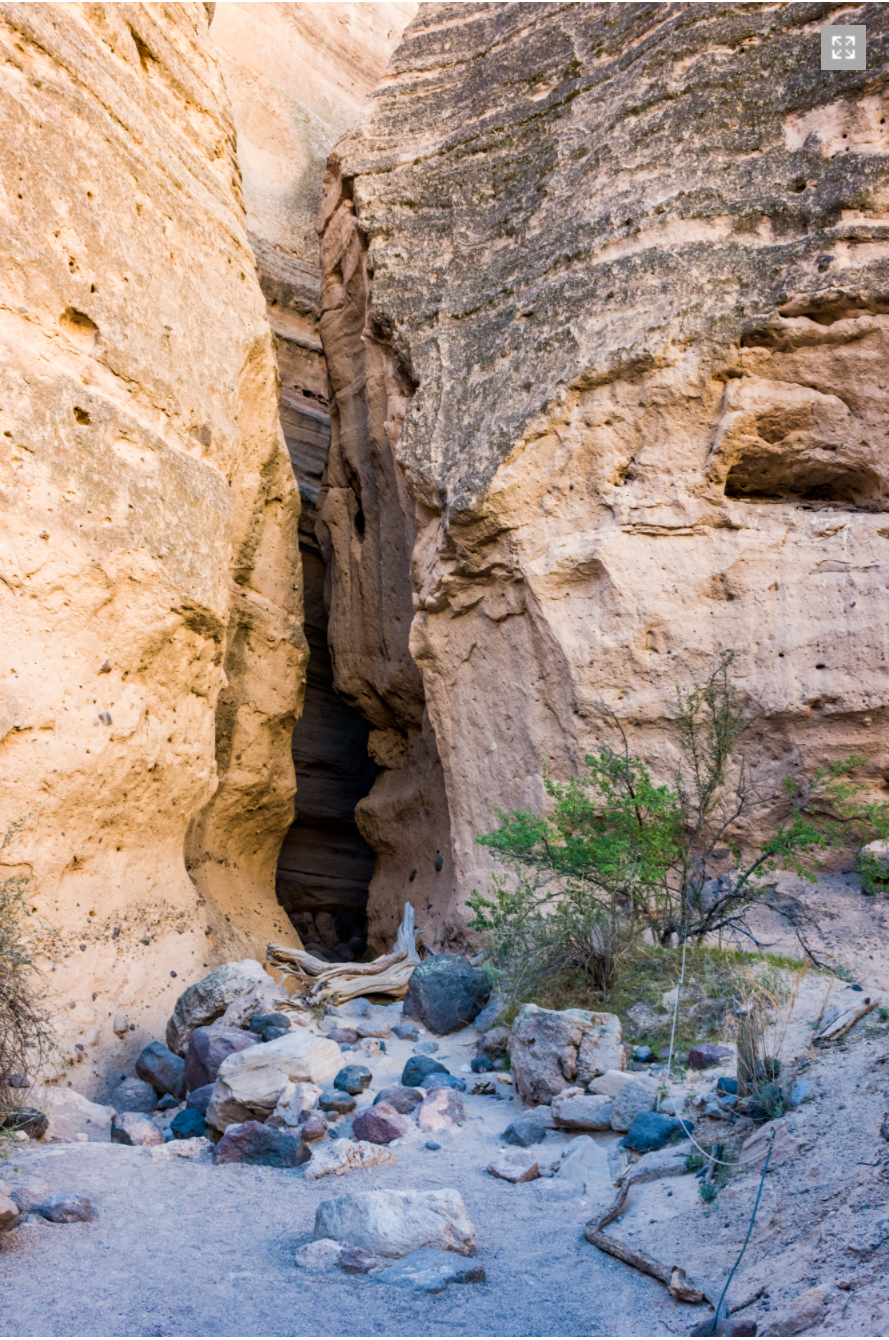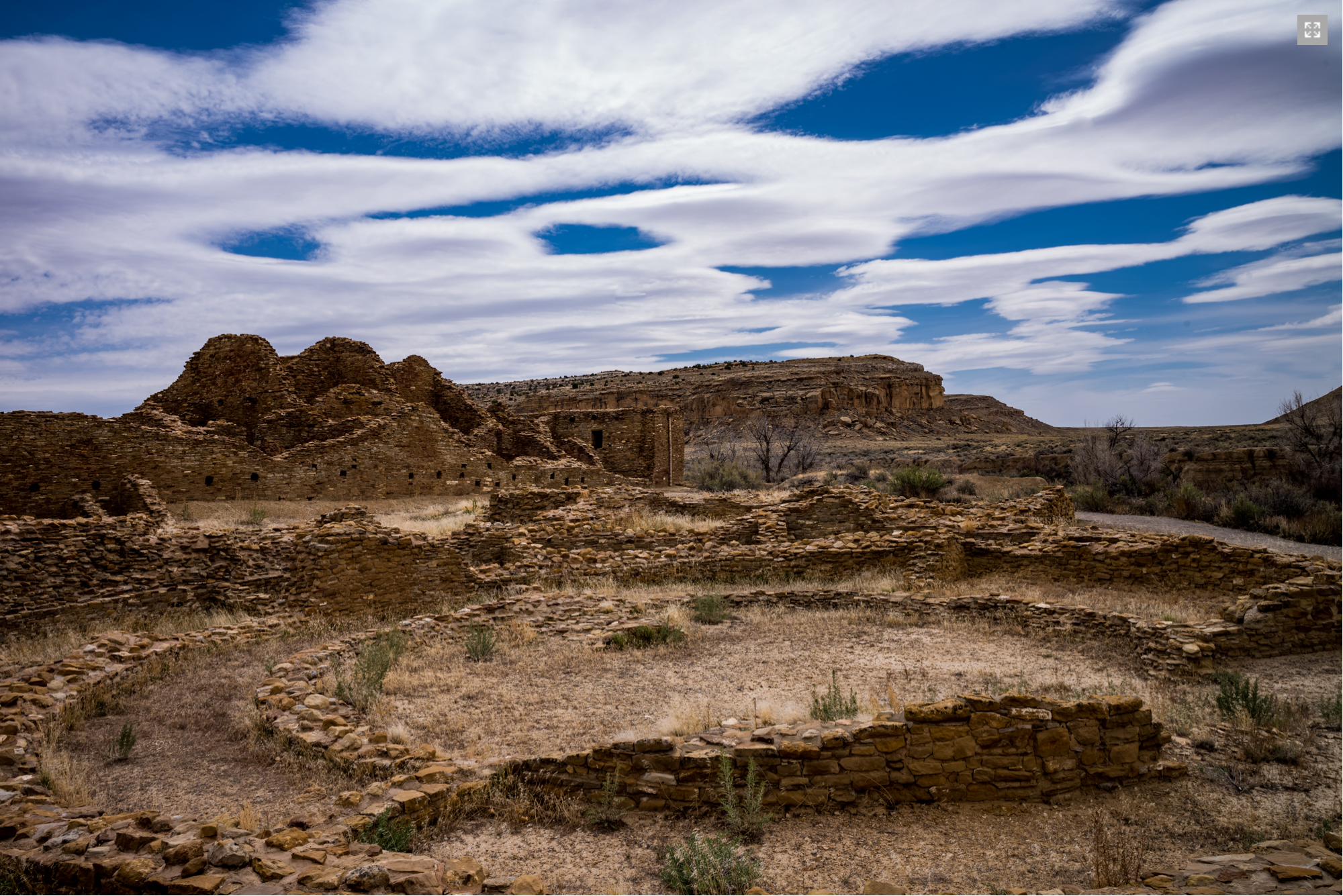Enhancing Your LHSA Trips and Capturing Your Inner-Explorer
Image by Andy Godlewski
For many years now, my friend and LHSA Director, Andy Godlewski and I have met several days before the LHSA Spring and Fall meetings. Each year, we map out surrounding sites to visit and photograph before joining up with members for the main event. This past Spring, we dragged along LHSA member Tom Holland for a photographic bonanza of ancient ruins and geographic architectural splendor around the Santa Fe area.
The three of us departed Albuquerque, first landing at Chaco Culture Nat’l Park in northwest New Mexico. This large box canyon was the hub of regional cultures about 1,200 years ago where native people made this high desert valley the center of their world. There were several great houses, including the largest, Pueblo Bonito, that was four stories high with over 600 rooms. It was occupied by thousands of natives.
We picked Los Alamos for several nights as a central resting place. It was once home to the 1943 Manhattan Project, which led to the creation of the atomic and hydrogen bombs.
Along Route 4 is the Jemez Historic Site. There you can learn about the culture and people of the Giusewa, and the role the Franciscan mission system had in the colonization of New Mexico and the Pueblo Revolt of 1680. Guisewa is the ancestral village of the present-day Jemez Pueblo, a sovereign nation of 3,400 members, most of whom live on the tribal land. Giusewa is a Towa word that translates to ‘village by the sulphur’ a reference to the multitudes of hot springs in the area.
Just west of Los Alamos is the Valles Caldera National Preserve, the Southwest’s youngest Caldera. Valles Caldera was full of hiking trails to explore the terrain. Incidentally, calderas are large volcanic craters, typically formed by a major eruption leading to the collapse of the mouth of the volcano. These eruptions began 1.6 million years ago, the last within 50,000 years.
Next was Bandelier Nat’l Monument, which saw evidence of human activity more than 10,000 years ago. The inhabitants migrated in and out of the area following the movement of game animals. They did not build permanent structures, but instead carved openings and living quarters into the soft volcanic ash called tuff that had compacted over time. Stone dwellings were eventually built at the base of the cliffs in front of these carved openings. Inhabitants built round structures called kivas which were used for ceremonial and cultural purposes. You enter by climbing a ladder to an opening in the roof. There were cultural links between the peoples of Bandelier and Chaco Canyon.
Historical research says the average lifespan for the native people was about 35 years. They stood about five feet for the average woman and five feet, six inches for the average man. The hardships of life (arthritis, bad teeth, nutrition, childbirth) took their toll.
Kasha-Katuwe Tent Rocks National. Monument provides a quarter mile long slot canyon and an ultimate hike to the top. The slot canyon rock at the lower elevations contains copper and iron, with many striations that make for amazing imagery. Be warned, you would not want to be in that canyon when it rains.
Taos Pueblo is a living community with North and South multi-storied homes divided by Red Willow Creek. The 1680 Pueblo Revolt was a collective effort against Spanish rule and drove the Spanish people to the current Mexico border. The 1847 Taos Revolt was an uprising against US occupancy and today is the only living Native American community designated by UNESCO.
San Francisco de Asis Mission Church is a historic and architecturally significant church on the main plaza of Ranchos de Taos, New Mexico. Built between 1772 and 1816, it is one of the finest extant examples of a Spanish Colonial New Mexico mission church, and it is a popular target for photographers. In 1970 it was designated a National Historic Landmark.
The next time that you attend one of our informative and educational photography events, we recommend that you consider spending some extra time traveling around the area to enhance your understanding of the region and explore photographic opportunities. It’s a great way to challenge yourself and utilize your Leica gear to its fullest.
Happy shooting!
Gary Hough

